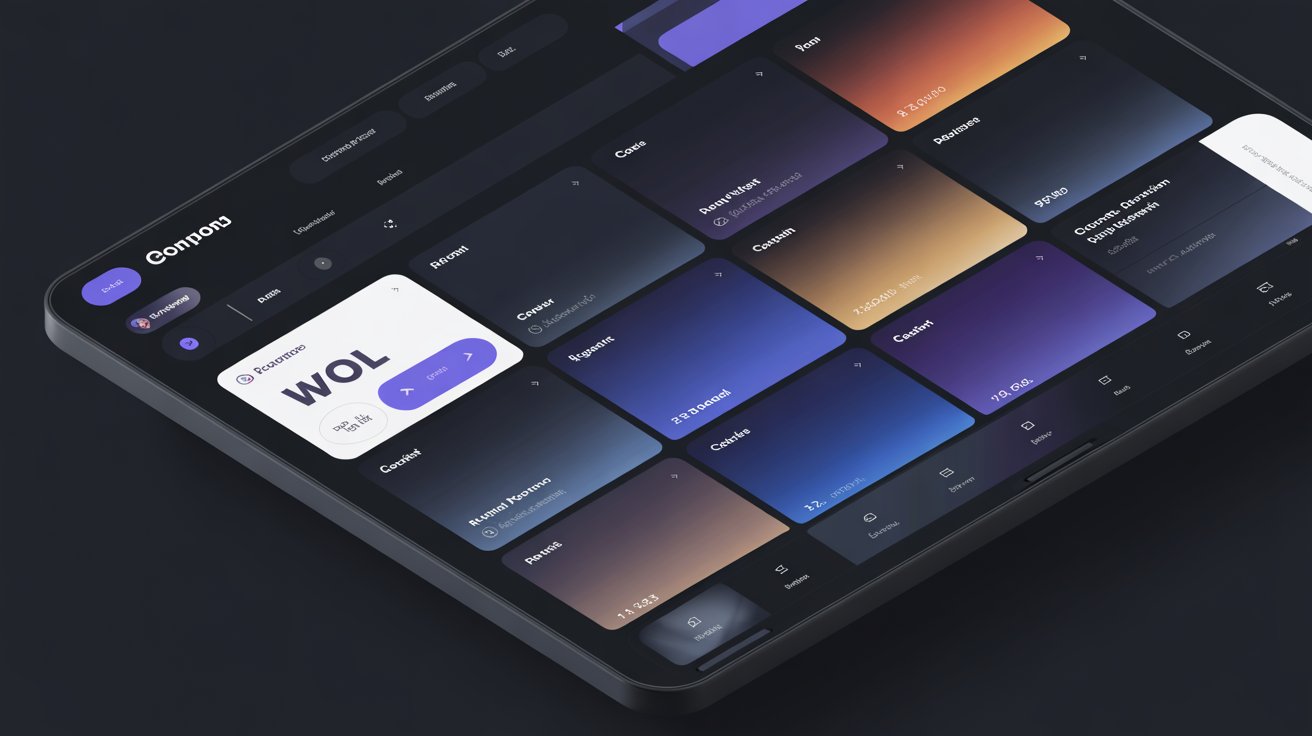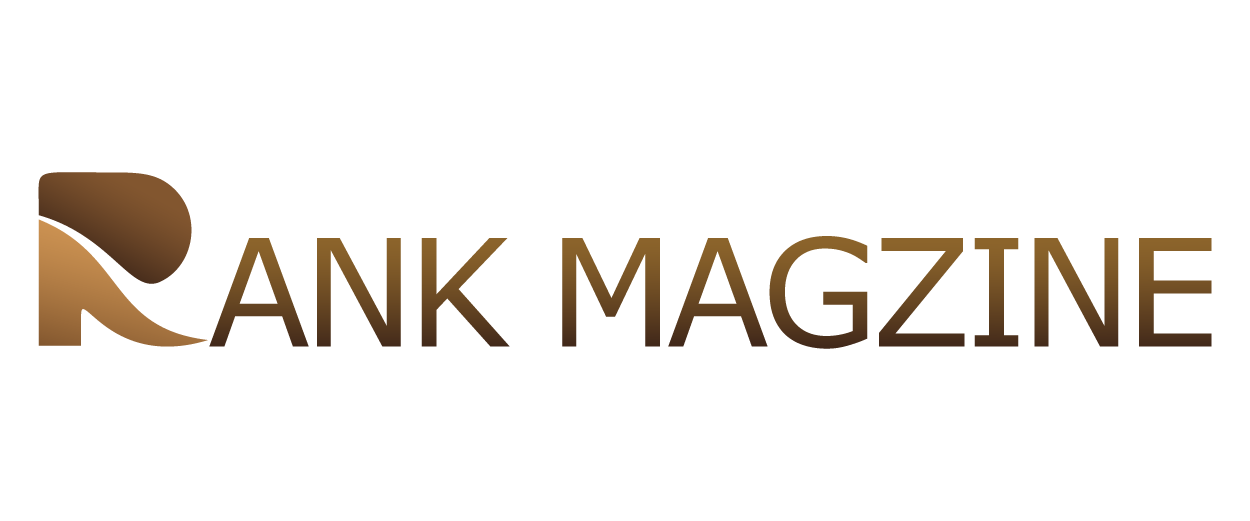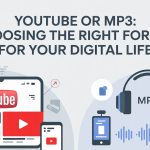Have you ever stumbled across a website and thought, “What is this all about?” That’s exactly how many people felt when they first heard about Thothub. In this article, we’ll dive into the full story—from the rise of this platform, to the legal and ethical questions it raised, to its broader significance. If you’ve ever wondered how content, creators, and digital rights intersect, stick around. I assure you, what you’ll discover here will truly be worth your time and attention
What Was Thothub?
Simply put, Thothub was a website that collected and shared explicit content often without the permission of the people depicted. According to a reasonably detailed review, “Thothub operated as a forum-style website primarily focused on the unauthorized distribution of adult content.”
Imagine a giant library where people upload private materials without asking the author—only this was digital, and far more intrusive.
How Did It Gain Attention?
Why did Thothub become so notorious? A few key reasons:
-
Accessibility: It didn’t require special access or dark-web tools; users could reach it via the normal web.
-
Scale: The volume of content and the number of uploads made it stand out.
-
Target: Many uploads targeted creators who shared content on subscription-based platforms, and then that content was re-posted without permission.
-
Public interest + controversy: Whenever something feels “forbidden” or “underground,” it attracts attention — and Thothub rode that wave.
When you combine all these, the site became (for many) a flashpoint in debates about online privacy and consent.
The Mechanics: What Happened Behind the Scenes
How did this actually work? Here are some pieces of the puzzle:
-
Users could upload videos or images they obtained, often via subscription platforms or direct sharing.
-
The site aggregated large volumes of this material, sometimes categorized by names, locations, or platforms.
-
It also featured trackers and advertising systems typical of sites monetizing traffic. For example, one technical scan of a domain linked to this ecosystem showed many trackers such as Google Tag and others tied to hosting and advertising.
-
Hosting and domain-shuffling were common: multiple domain names (mirrors) appeared, some flagged for malware risk.
So, under the hood there was a complex mix of user uploads, monetization, legal vulnerability, and technical risk.
Legal and Ethical Implications

Here’s where it really gets serious. Thothub raised major questions:
Legal concerns
-
Copyright infringement: content that creators had rights over but was shared without authorization.
-
Privacy violations: many uploads were of creators who had not consented to sharing outside their intended audience.
Ethical questions
-
Consent: If someone’s private content is made public without their knowledge, that’s a violation of trust and autonomy.
-
Impact on creators: The loss of control, potential income, reputation risk.
-
Platform responsibility: How much should hosting services, domains, or advertisers be accountable?
When you view it as a metaphor: it’s like someone made copies of your personal letters and put them in the town square without asking you. The harm isn’t just the act—it’s the violation of boundaries, dignity, and trust.
Creators, Consumers & Consequences
For creators
The fallout was big. Many reported lost income (for content they charged for), harassment, anxiety, and reputational damage.
One table in a source summarized how victims faced financial, emotional, social, and legal harms.
For consumers
There was also a consumer side: Some users visited out of curiosity, others out of habit, some unaware of the ethical or legal stakes. But simply using such platforms came with risks: malware, trackers, exposure.
For the broader ecosystem
This kind of breach shook the trust in platforms that host paid or private content. It pushed conversations about how to protect digital content, enforce rights, and prevent abuse.
The Shutdown and After-Effects
As with many controversial platforms, Thothub eventually faced enough pressure that it shut down (or at least went offline in many versions). A review notes:
“In August 2020, Thothub was shut down following public outcry, legal pressure, and a DMCA complaint…”
But the shutdown didn’t completely end all similar activity. Many clone or mirror sites appeared soon after.
So, while the original chapter closed, the echoes remain: the problem didn’t vanish, it just shifted form.
Wider Impact on Digital Rights & Platforms

Even years later, the legacy of this event shapes how we talk about digital content.
-
Stronger protections: Some platforms implemented better watermarking, content-tracking, and takedown systems.
-
Legal momentum: Legislators in several countries began drafting or enacting laws around non-consensual sharing of adult content.
-
User awareness: More people now ask: “Who owns this content? Was consent given? Is this safe?”
-
Ethical culture shift: There’s a growing view that paid or private content is not “free to share” and that creators deserve protection.
In short, Thothub became a case study, a warning sign of what happens when digital sharing goes unchecked.
Lessons for Content Creators
If you’re a creator—whether of images, videos, writing, designs—there are some takeaway lessons:
-
Use platforms that offer robust rights-management and control.
-
Employ watermarks or unique identifiers if feasible.
-
Know your terms of service, and what happens if your content is scraped or leaked.
-
Understand there’s risk in the digital age: upload once, and someone else might publish.
-
Build relationships with your audience so that piracy or unauthorized sharing harms you less and you may have support.
Think of your content as a physical artwork: you’d control the framing, the display, the edition. Online, things can be copied in seconds—so protect the “framing” digitally.
What Users Should Know
If you’re a consumer of content, creator, or just an internet user, here are things to keep in mind:
-
Just because something is online doesn’t mean it was shared with permission.
-
Visiting or downloading unauthorized content can have legal or security risks (malware, trackers, potential violations).
-
Supporting creators by using legal channels helps raise respect for creators’ rights.
-
When you see something that seems “too available” or “too weird,” ask: was this meant for public sharing?
-
As a user, your behavior sets norms. Respect for creators = healthier online culture.
In a way, users are the audience but also the ecosystem: your choices influence what becomes acceptable.
Looking Ahead: The Future of Content Sharing

Where do things go from here? Here are a few thoughts:
-
Technology will evolve: Better detection of piracy, better tools for creators to control distribution.
-
Platform design matters: Platforms may incorporate stronger verification, better privacy protections, and clearer monetization paths.
-
Legal frameworks will catch up: More jurisdictions may enact specific laws around non-consensual sharing of explicit content.
-
Cultural norms shift: There’s growing social stigma around sharing non-consensual or pirated content, which may deter some behavior.
If we think of content sharing as a river — we used to let water flow anywhere and it flooded. Now, we’re building embankments and channels so the flow is managed, safer, and sustainable.
FAQs
1. What was Thothub and why was it controversial?
Thothub was a website that allowed large-scale sharing of adult content, much of it uploaded without the content-creator’s permission. It was controversial for privacy, copyright, and ethical reasons.
2. Was Thothub legal?
No, the site’s model involved dubious legality: unauthorized sharing of copyrighted or private content, which triggered legal actions and takedowns.
3. Are sites like Thothub still around?
While the original version of Thothub may have been shut down, similar clone or mirror sites have appeared. The demand and risk remain.
4. How can content creators protect themselves?
Creators can use watermarks, choose platforms with good rights-management features, monitor for leaks, and collaborate with online creator-protection organizations.
5. What can users do to be responsible?
Users can ensure they access content through legal and consented channels, respect creators’ rights, avoid engaging with sites that promote non-consensual sharing, and support ethical platforms.
Conclusion
We’ve taken a deep dive into what Thothub was, how it worked, why it mattered, and what it teaches us. Although the original site may no longer dominate headlines, the issues it highlighted—consent, privacy, digital rights, creator protection—are more relevant than ever. For creators, users, and platforms alike, it’s a wake-up call: the internet may feel boundless, but our responsibilities and rights don’t vanish. As we navigate the digital age together, keeping respect, ethics, and safety at the heart of sharing makes all the difference.








